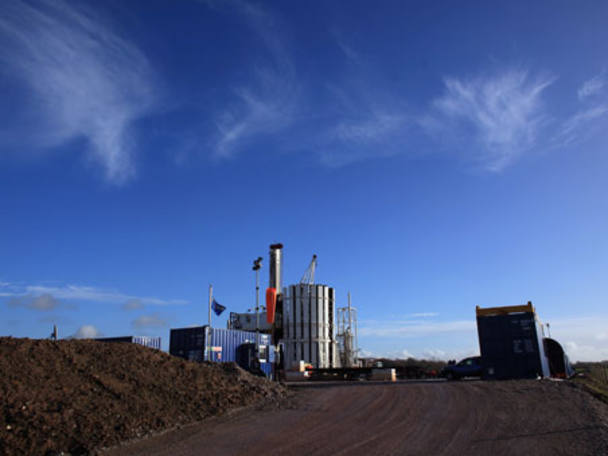After reviewing BP's (BP.) recently published Energy Outlook 2030, it's hard not to conclude that the group - along with much of the oil and gas complex - must have been completely blindsided by the development of the US shale oil and gas industry. It certainly receives scant attention within the group's Annual Statistical Reviews from the previous decade, but perhaps that's unsurprising when you consider the rate of growth. Shale oil production in the US has increased 10-fold since 2007, when Uncle Sam was producing a paltry 150,000 barrels a day. For 2013, daily output of 1.85m barrels is expected and, according to the independent Paris-based International Energy Agency, daily shale oil production should be approaching an average of 3.5m barrels by the end of 2017, which along with its conventional oil sources would put the US on a par with the Saudis.
There is an ongoing debate in the US about how much of this new home-grown energy should be earmarked for global export markets. There are legislative barriers in place that prohibit large-scale exports, but US energy companies would no doubt be keen to exploit the price differential that exists between the US domestic and international markets. But Washington believes that a ready supply of cheap energy could potentially underpin a resurgence of US manufacturing, repatriate jobs, and reverse the current account deficit.
The BP report lends weight to the latter view as it predicts that primary energy used in global industry will rise by a third over the next 20 years. Much of this demand will come from non-OECD countries, many of which are already struggling with energy deficits; China's current annual shortfall of 220m tonnes of oil equivalent (Mtoe) will expand to 960Mtoe by 2030, despite the fact that it will have shifted to a less energy-intensive phase of growth.
The report underlines the fact that the prolonged period of high prices for fossil fuels has supported the expansion of alternatives. The fastest-growing source of energy - albeit from a low base - will be renewable fuels (including bio-fuels), which will grow at an estimated annual rate of 7.6 per cent through to 2030. By then, however, the growing importance of natural gas - particularly LNG - as a means of generating power will be reflected by its share of the primary energy market, which will be broadly in line with coal and petroleum.








